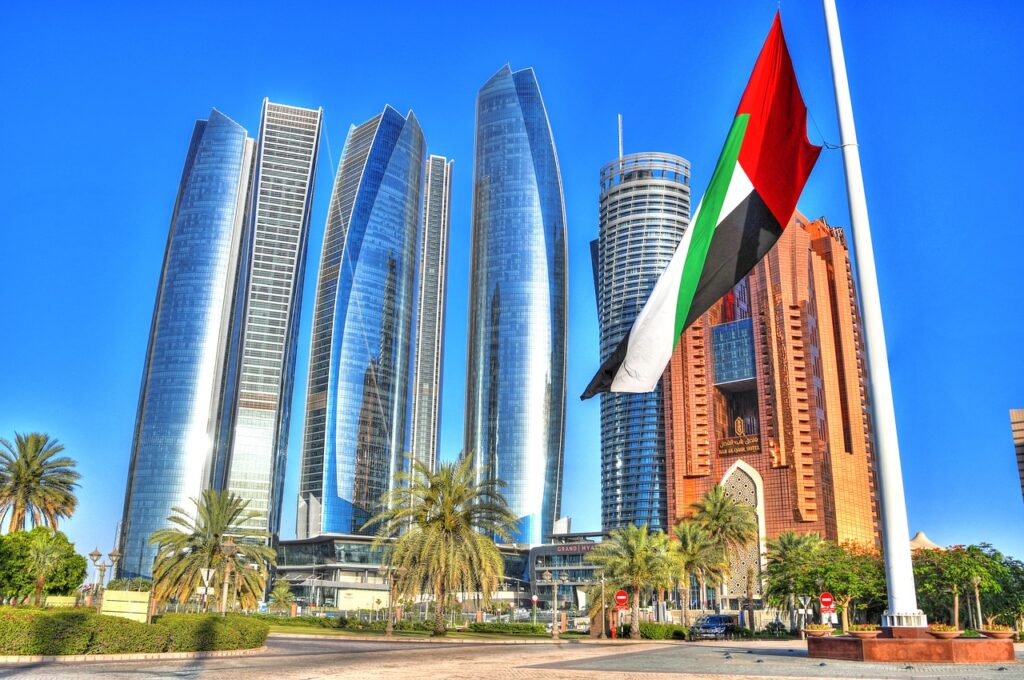The United Arab Emirates (UAE) has emerged as a frontrunner in the global race towards sustainable energy solutions, particularly in the realm of green hydrogen production.
With a projected levelized cost of hydrogen (LCoH) at $2.7/kg in 2023, the UAE surpasses key competitors like Saudi Arabia and India, setting a new standard for cost competitiveness in the burgeoning green hydrogen market.
Green hydrogen, produced through electrolysis powered by renewable energy sources, offers a promising avenue for reducing carbon emissions and advancing the transition to clean energy systems. The UAE’s advancements underscore the critical role of green hydrogen in mitigating climate change and fostering economic growth through renewable energy innovation.
Advancements in technology and economies of scale are driving significant reductions in production costs, with the UAE poised to achieve a cost of $1.7/kg by 2030. Saudi Arabia and India are also positioned to achieve competitive production costs, highlighting the transformative potential of green hydrogen in reshaping global energy dynamics.
Consulting firm Alvarez & Marsal’s analysis predicts a substantial growth trajectory for the green hydrogen industry, with the potential for international trade to reach between $24 and $36 billion by 2030. The production costs of green ammonia, a crucial derivative of green hydrogen, further underscore the economic advantages for regions like the Middle East and India, with projected production costs as low as $436/tonne and $467/tonne, respectively, by 2030.
India’s National Green Hydrogen Mission exemplifies a strategic move towards capitalizing on the economic and environmental benefits of green hydrogen production. By offering production incentives and fostering a conducive investment climate, India aims to position itself as a key player in the global energy trade, contributing to both economic prosperity and environmental sustainability.
As the world navigates the transition towards renewable energy, the UAE’s leadership in green hydrogen production sets a precedent for other nations to follow. By leveraging renewable energy resources and adopting innovative technologies, countries can pave the way for a sustainable and cleaner energy future.





